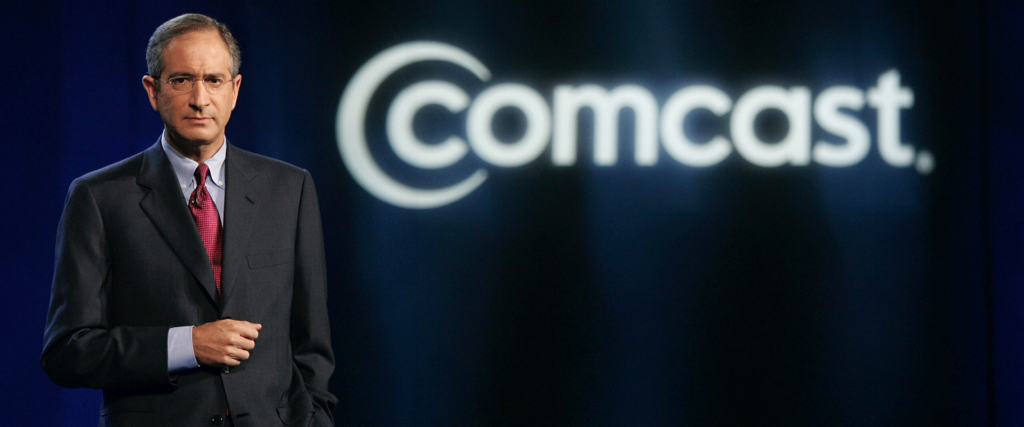Baby Reindeer, Fallout and the Binge-Watching Debate
During a recent interview with Netflix analyst Kasey Moore, an interesting statistic emerged: the miniseries Baby Reindeer saw a significant surge in viewership, jumping from 10.4 million hours viewed to nearly 53 million within just one week. An unprecedented increase in Netflix’s history. Moore suggested that the show’s popularity could be attributed to its buzz on platforms like TikTok and Netflix’s strategic promotion efforts. However, it could be argued that the show’s binge-release format played a significant role in its breakout success.
Since Netflix pioneered the binge-watching model during the House of Cards era, it has fundamentally altered how audiences engage with television series. While binge-watching remains a preferred format for many viewers, other platforms opt for weekly releases to manage subscriber retention and audience engagement. The binge-watching model appeals to viewers’ desire for uninterrupted viewing experiences, increasing the likelihood that they’ll continue watching content on the same platform. However, it also requires a constant influx of new content to sustain viewer interest, which can strain production budgets and dilute the value of a platform’s brand.
When assessing the success of binge vs. weekly releases, one crucial factor is the series’ decay rate: the rate at which viewership declines over time. Weekly releases often fare better in this regard, maintaining audience engagement over multiple episodes or seasons.
Baby Reindeer exemplifies the success of Netflix’s binge-release strategy, captivating audiences with its binge-worthy format and compelling storytelling. In contrast, Amazon’s post-apocalyptic series Fallout, while enjoying a strong debut, may have benefited from a weekly release format, leveraging its built-in fan base and maximizing long-term viewer engagement.
While binge releases often generate significant initial buzz, they may struggle to sustain audience interest over time, particularly on platforms like Disney+ and Prime Video. In contrast, platforms like Netflix can offset viewer fatigue with a steady stream of new content.
In an era of abundant entertainment options, platforms must strike a balance between convenience and scarcity, leveraging binge releases for immediate impact while prioritizing weekly releases for long-term audience retention. As we navigate the evolving landscape of streaming entertainment, finding the right release strategy will be crucial for capturing and retaining viewer attention in an increasingly competitive market. Ultimately, the success of a series depends not only on its content but also on the platform’s ability to understand and adapt to viewer preferences. By embracing a flexible approach to content release, streaming platforms can maximize their impact and create lasting connections with audiences around the world.
SOURCE: Puck
Share:
During a recent interview with Netflix analyst Kasey Moore, an interesting statistic emerged: the miniseries Baby Reindeer saw a significant surge in viewership, jumping from 10.4 million hours viewed to nearly 53 million within just one week. An unprecedented increase in Netflix’s history. Moore suggested that the show’s popularity could be attributed to its buzz on platforms like TikTok and Netflix’s strategic promotion efforts. However, it could be argued that the show’s binge-release format played a significant role in its breakout success.
Since Netflix pioneered the binge-watching model during the House of Cards era, it has fundamentally altered how audiences engage with television series. While binge-watching remains a preferred format for many viewers, other platforms opt for weekly releases to manage subscriber retention and audience engagement. The binge-watching model appeals to viewers’ desire for uninterrupted viewing experiences, increasing the likelihood that they’ll continue watching content on the same platform. However, it also requires a constant influx of new content to sustain viewer interest, which can strain production budgets and dilute the value of a platform’s brand.
When assessing the success of binge vs. weekly releases, one crucial factor is the series’ decay rate: the rate at which viewership declines over time. Weekly releases often fare better in this regard, maintaining audience engagement over multiple episodes or seasons.
Baby Reindeer exemplifies the success of Netflix’s binge-release strategy, captivating audiences with its binge-worthy format and compelling storytelling. In contrast, Amazon’s post-apocalyptic series Fallout, while enjoying a strong debut, may have benefited from a weekly release format, leveraging its built-in fan base and maximizing long-term viewer engagement.
While binge releases often generate significant initial buzz, they may struggle to sustain audience interest over time, particularly on platforms like Disney+ and Prime Video. In contrast, platforms like Netflix can offset viewer fatigue with a steady stream of new content.
In an era of abundant entertainment options, platforms must strike a balance between convenience and scarcity, leveraging binge releases for immediate impact while prioritizing weekly releases for long-term audience retention. As we navigate the evolving landscape of streaming entertainment, finding the right release strategy will be crucial for capturing and retaining viewer attention in an increasingly competitive market. Ultimately, the success of a series depends not only on its content but also on the platform’s ability to understand and adapt to viewer preferences. By embracing a flexible approach to content release, streaming platforms can maximize their impact and create lasting connections with audiences around the world.
SOURCE: Puck









